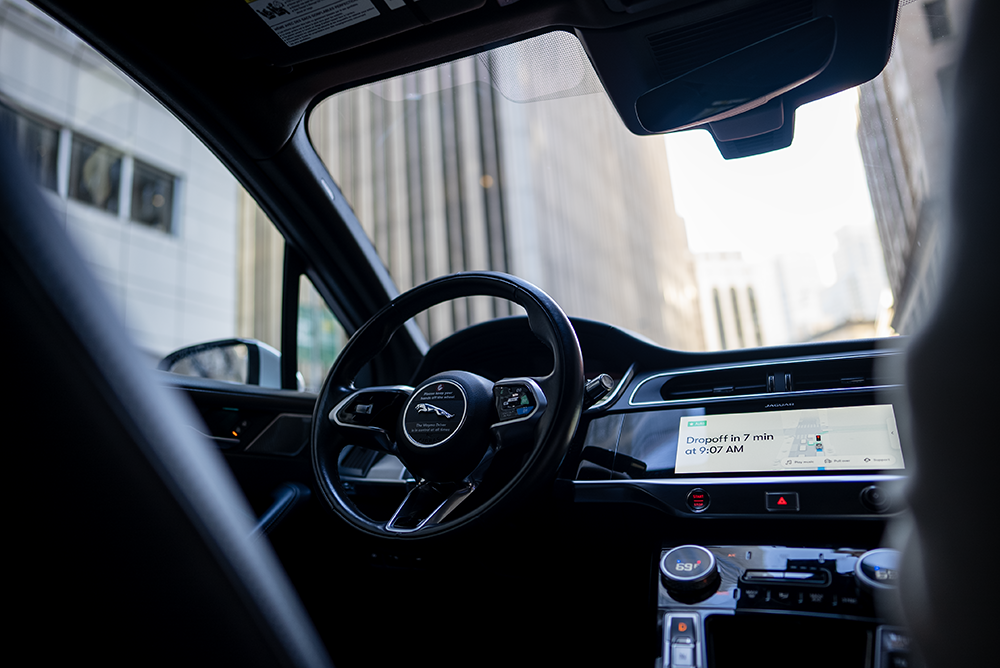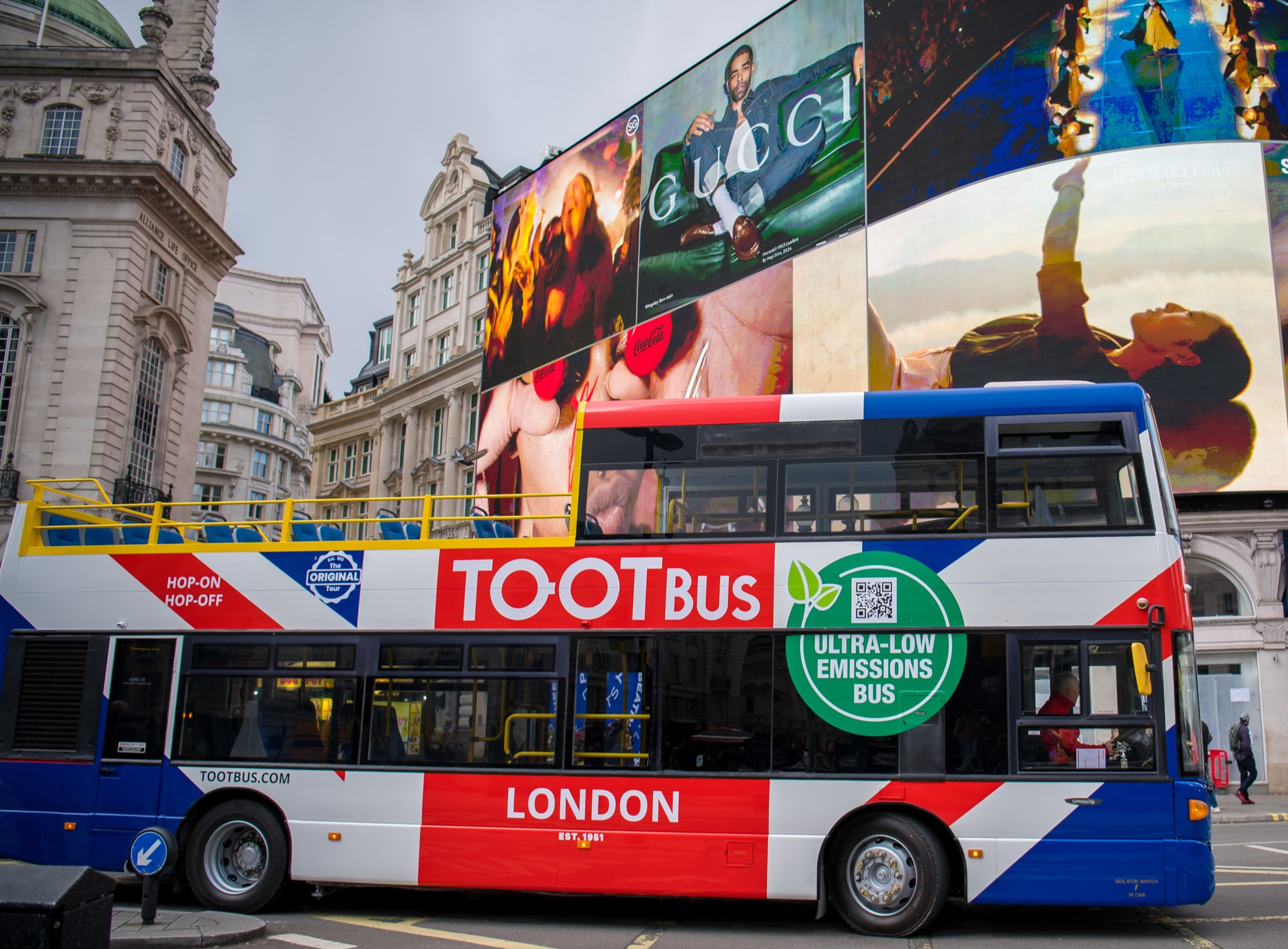
Michelin is a pioneer in the field of tyre retreading with more than 100 years of experience. How has the UK played a critical role in this?
Eight in ten Michelin retreaded tyres fitted to commercial and passenger vehicle fleets in the UK and Ireland are produced in our factory in Stoke-on-Trent. We have a wealth of experience on site and have been producing retreads in Staffordshire since 1968. More than ten million tyres have been given a new lease of life in that time with both Michelin Remix tyres and Encore retread tyres, made using competitor casings manufactured in Stoke.
What is the current state of the retread market?
The tyre market is challenging generally, and it’s no different for retreads. We estimate new tyre sales in the UK and Ireland market were between 1.9 million to two million last year, with around half a million retreads. Customers have been under pressure and, in a weak economy as it has been for the past few years, the decision-making mindset often shifts towards a price oriented one. This has seen the popularity of single life, imported tyres grow, disrupting the market. Retreads were down a few percentage points in 2024 compared to 2023.
Across Europe, we estimate the retread market has fallen in volume terms by 21% since 2021 because of the impact of single-life tyres, although the situation has stabilised.
Are operators missing out by using budget tyres in their fleets?
A multi-life policy, or a four lives policy as we call it at Michelin, where you have a new tyre, you regroove it, retread it and then regroove it a final time – extending the life and mileage of that one carcass – is critical for transport operations. It helps companies, whether small or large, to achieve green credentials – a retread uses 70% less raw material compared with the production of a new tyre – and it saves money too. So why wouldn’t you use a retread tyre to extend the life of a tyre and minimise the use of raw materials? Incorporating retreads into your tyre policy remains the logical choice for all fleets.
What other consequences do single-use tyres create?
We need a steady supply of tyre carcasses to retread them. Optimally a fleet will be utilising retreads across 40% of their vehicles to ensure we have enough rubber to work with. The rise in single-use tyres frustrates this. Our Remix tyres only ever use Michelin casings, so we have the full life history of each casing. Encore tyres go through the same rigorous checks as our Remix product.
Although some budget, single-life tyres claim to be retreadable, we don’t find they’re robust enough once inspected and we lack the confidence in them to grant another life as an Encore product, so retreading is low. Many simply are one-use, too.
Ultimately, we want to produce even more retreads in Stoke, bringing more operators on board to achieve this. The local-to-local model is a sustainable, virtuous circle and using a multi-life policy helps fleets to reduce the total cost of ownership of an essential component.

Andrew French
B2B Sales Director, UK & Ireland, Michelin


